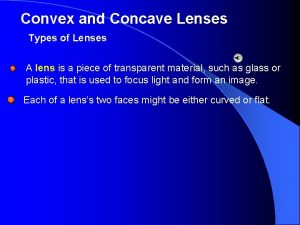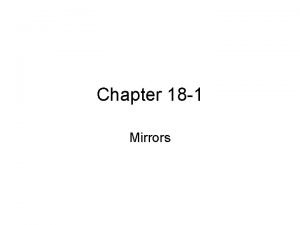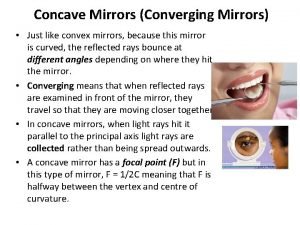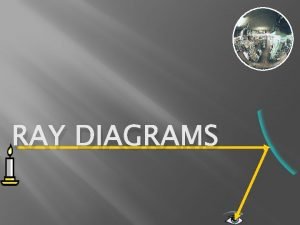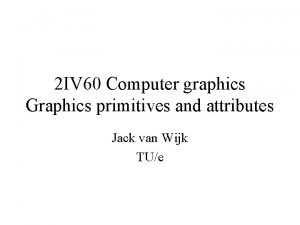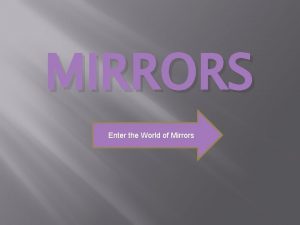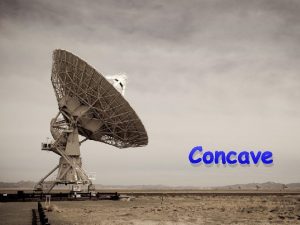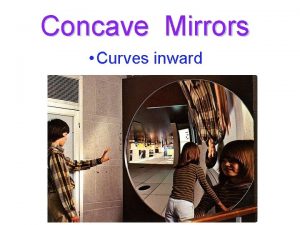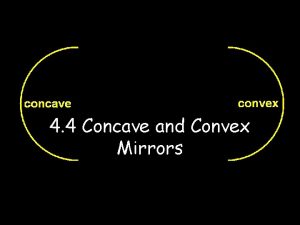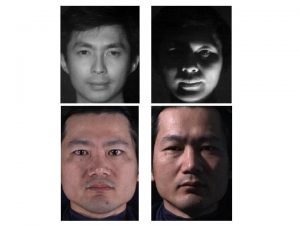Concave Mirrors Converging Mirrors Just like convex mirrors





- Slides: 5

Concave Mirrors (Converging Mirrors) • Just like convex mirrors, because this mirror is curved, the reflected rays bounce at different angles depending on where they hit the mirror. • Converging means that when reflected rays are examined in front of the mirror, they travel so that they are moving closer together. • In concave mirrors, when light rays hit it parallel to the principal axis light rays are collected rather than being spread outwards. • A concave mirror has a focal point (F) but in this type of mirror, F = 1/2 C meaning that F is halfway between the vertex and centre of curvature.

Reflective surface

Drawing Ray Diagrams for Concave Mirrors Reflective surface O Principal axis C F V I 1. Draw the 1 st IR parallel to principal axis from object to surface of curved mirror. Position your ruler and draw reflected ray going through F. 2. Draw the 2 nd IR going to vertex. Stop when the ray hits the mirror. Draw the reflected ray, ensuring that angle of incidence = angle of reflection. 3. Draw the 3 rd IR going through F. Stop when the ray hits the mirror. Draw the reflected ray parallel to the principal axis.

Summary of Concave Mirror Characteristic Rays 1. Any incident ray parallel to the PA will reflect through F. 2. Any incident ray passing through F will reflect parallel to PA. 3. Any incident ray striking V will reflect such that θi = θr

Image Characteristics (SALT) for Concave Mirror with Object between C and F Reflective surface O Principal axis C I • • S – Larger than object A – Inverted compared to object L – Further than the centre of curvature T – Real (it is in front of the mirror) F V
